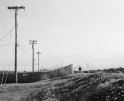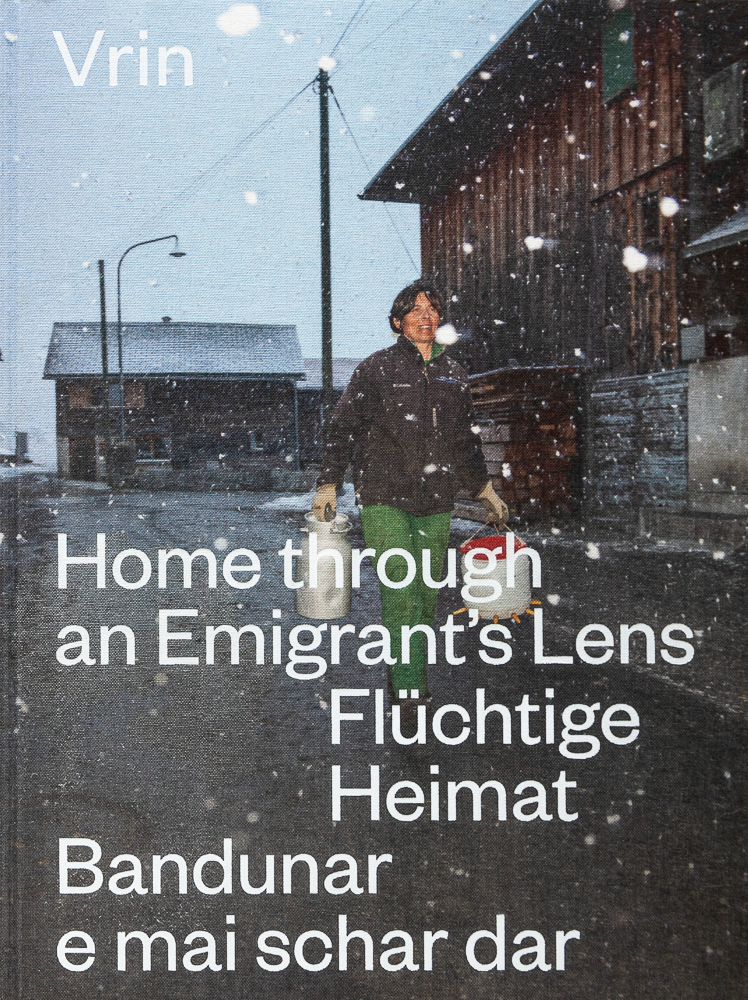
©Verner Soler, Cover of Vrin – Home Through An Emigrant’s Lens, published by Verlag Scheidegger & Spiess AG
Vrin—Home through an Emigrant’s Lens is a love letter to my family, village, culture, and language—Romansh – Verner Soler
I have thought a lot about the psychological journey of the immigrant and am well aware of the experience of living in two worlds, straddling dual realities, and coming to the realization that the idea of HOME is difficult to define. In some ways, immigrants live in a sort of purgatory where no one place defines you and no one place feels completely like home. My long time friend, Verner Soler, has recently published a 30-year project, Vrin: Home Through an Emigrant’s Lens, that focuses on his connections to the small village of Vrin in the mountains of Switzerland where he was born. At first glace, images of Shirley Temple scrambling up the mountain side in the movie Heidi come to mind, but a deeper consideration reveals generations of hard working family members who have managed to maintain a lifestyle and way of living that is unchanged over the decades. Each year he returns to document his family as a way to remember.
Vrin: Home Through an Emigrant’s Lens presents Soler’s intimate exploration of an immigrant’s emotions when confronted with the accelerated changes in the village and its people, which he experiences as if captured in a time-lapse. His authentic, powerful images exude an uninhibited, candid reality. At the same time, they are full of meaning and longing. Combined with long narrative captions, they invite viewers to experience this place of power for themselves.
In 1990, Soler, born in the Swiss village of Vrin, in the Canton of Grisons, and educated as a primary school teacher, traveled to Los Angeles. His intended six-month stay turned into thirty years and counting. He studied photography and creative advertising in California, married and raised a child, and became a Creative Director with Saatchi & Saatchi in Los Angeles, where he leads campaigns for major global brands such as Toyota. His native alpine village of 250 inhabitants could not be more different from the metropolis of 3.8 million that has become his new home. Against the odds, Soler has tried for more than three decades to maintain a connection to the place and the people he left behind.
An interview with the artist follows.
Published by Chasa Editura Rumantscha and Scheidegger & Spiess
Instagram: @chasaediturarumantscha
Instagram: @scheidegger_und_spiess
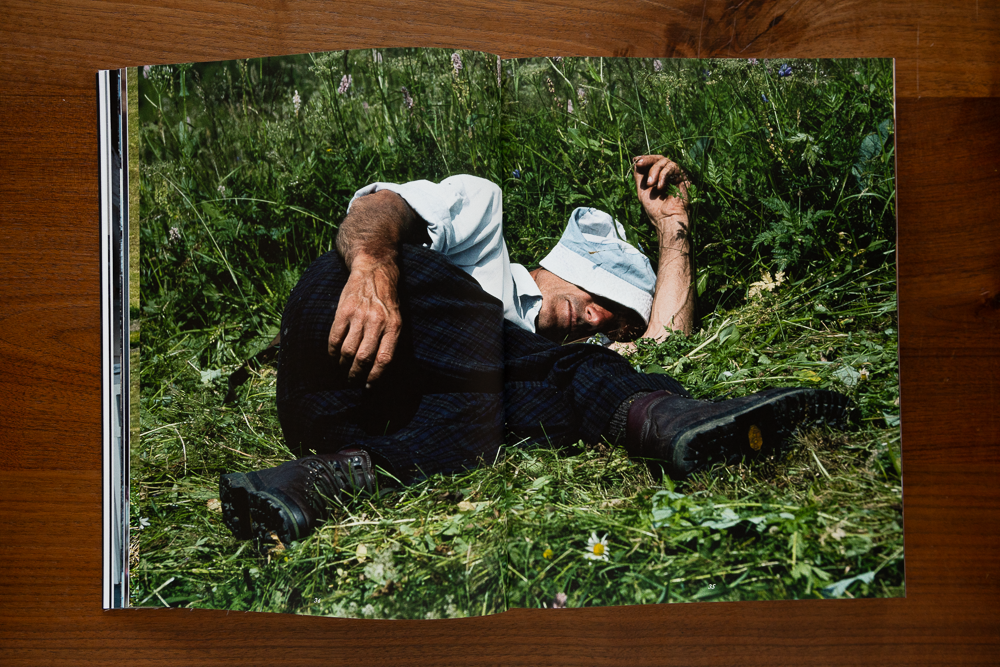
©Verner Soler, Spread from Vrin – Home Through An Emigrant’s Lens
My life is divided into two halves: the first one, I lived in Vrin, a small village of 250 inhabitants in the Swiss Alps; the second half in Los Angeles. The realities of these two worlds could not be more different, with hardly any overlap. Photography is a way of expressing my entire being, derived from these disparate experiences, in an attempt to reconcile them with one another. Vrin—Home through an Emigrant’s Lens is a love letter to my family, village, culture, and language—Romansh. Thirty years’ worth of photographs taken during my yearly visits, with captions in English, German, and Rumansch, adapted for each audience—an attempt to keep my emotional connection between my two worlds alive. – Verner Soler
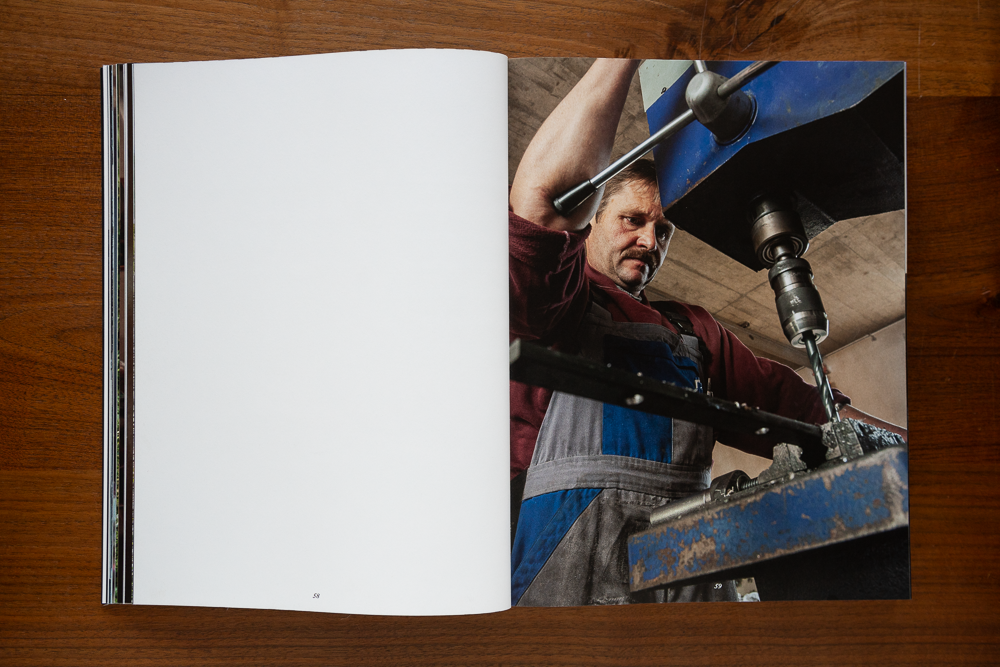
©Verner Soler, Spread from Vrin – Home Through An Emigrant’s Lens
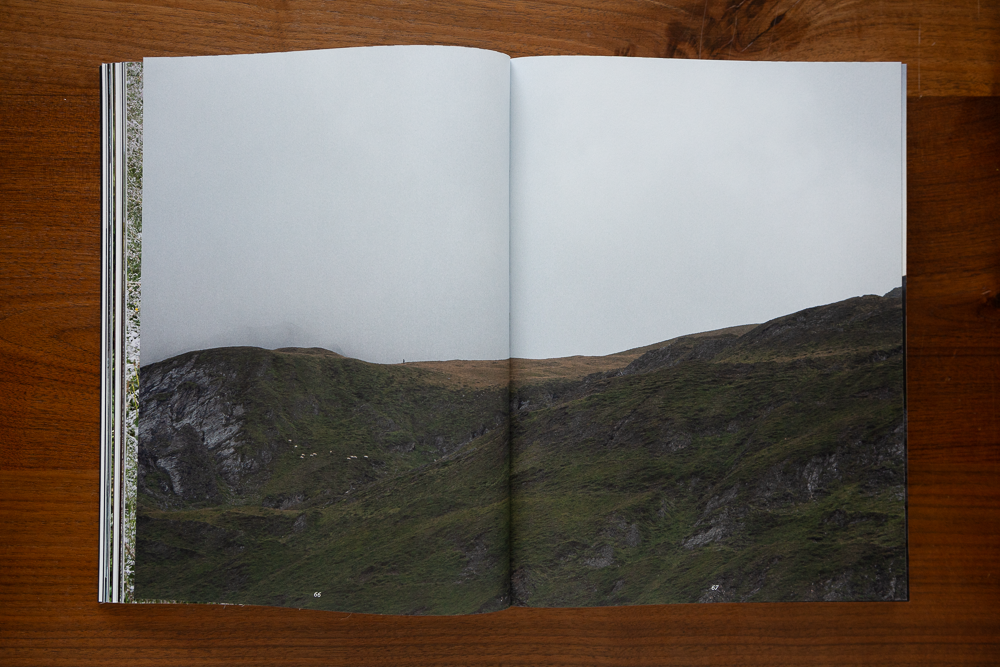
©Verner Soler, Spread from Vrin – Home Through An Emigrant’s Lens
Verner Soler is an artist living in Los Angeles. He grew up in the small village of Vrin in the Swiss Alps. In 1990, after graduating as an elementary school teacher, he moved to Los Angeles, where he gradually reinvented himself as a creative in the advertising world. Over the years, he studied photography at Santa Monica College and the Julia Dean School of Photography, as well as film, television, and writing at UCLA Extension. His creative purpose is centered on long-term photographic projects that focus on themes of family and culture.
Instagram: @vernersoler
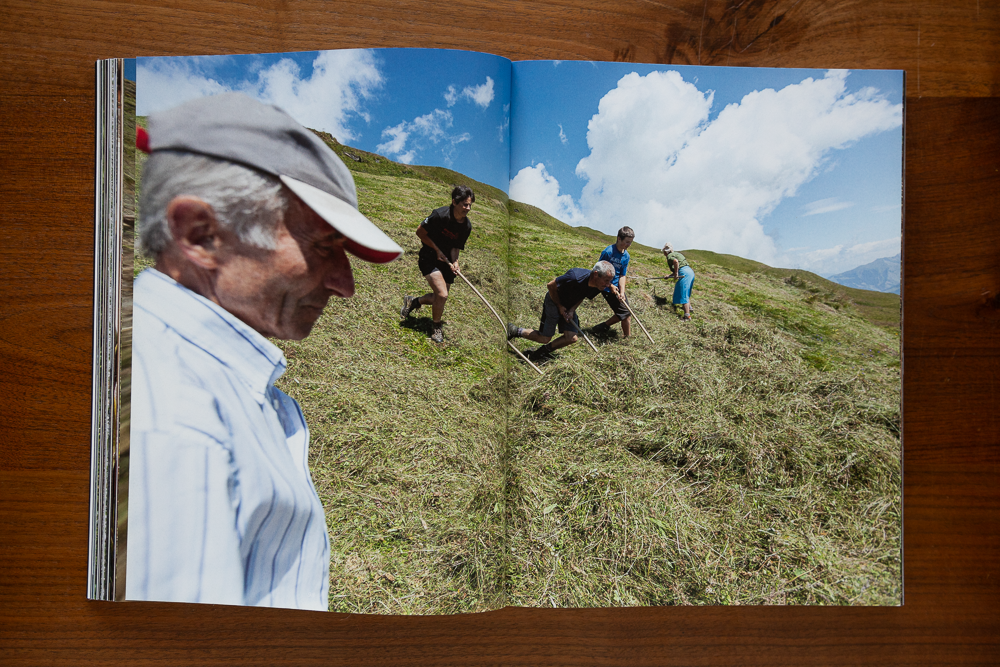
©Verner Soler, Spread from Vrin – Home Through An Emigrant’s Lens
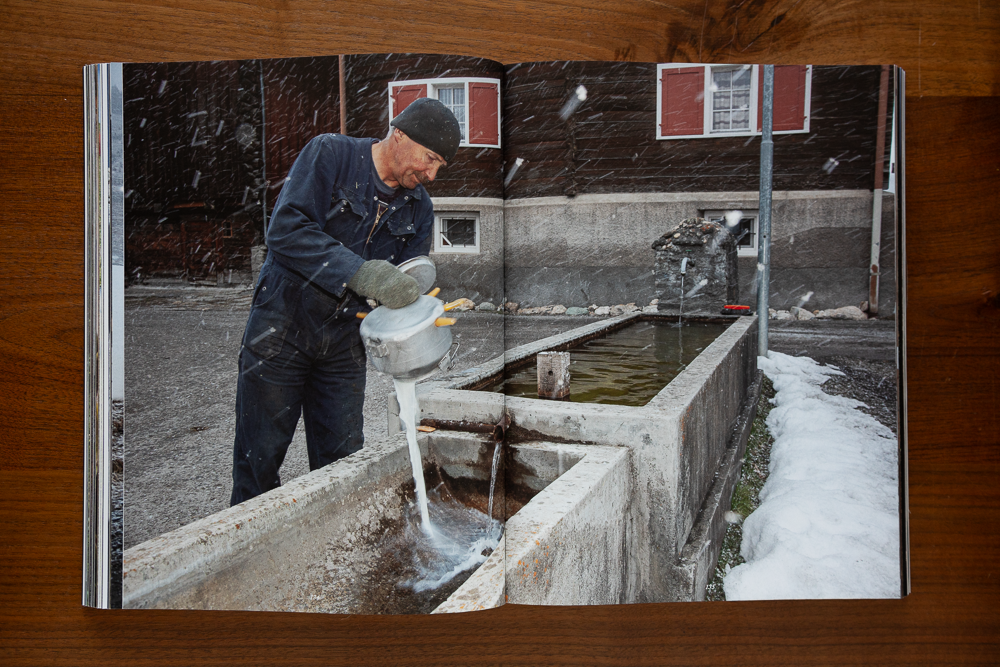
©Verner Soler, Spread from Vrin – Home Through An Emigrant’s Lens

©Verner Soler, Spread from Vrin – Home Through An Emigrant’s Lens
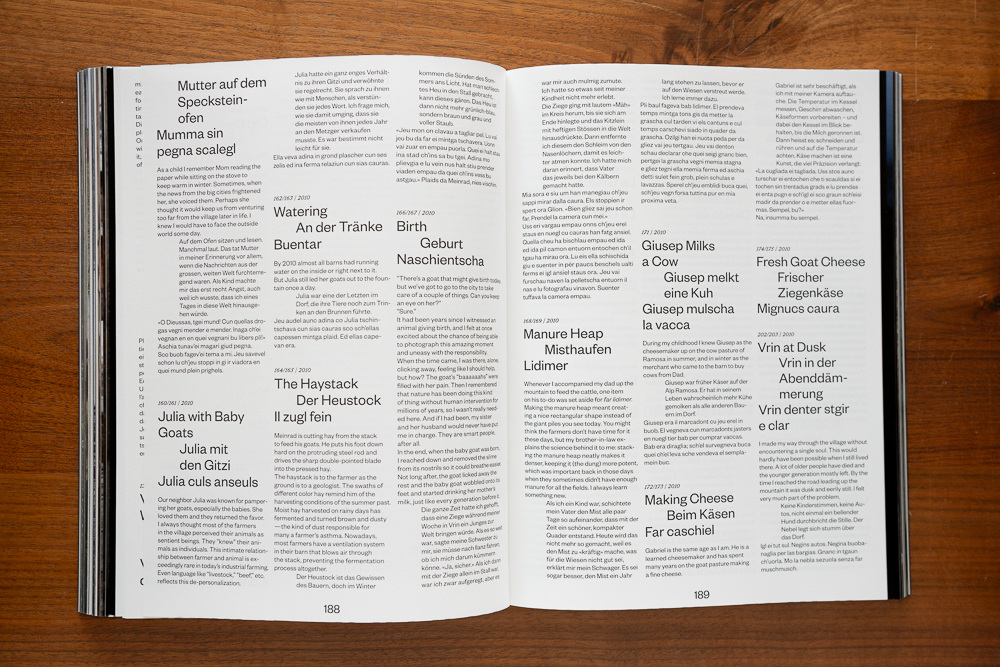
©Verner Soler, Spread from Vrin – Home Through An Emigrant’s Lens

©Verner Soler, Spread from Vrin – Home Through An Emigrant’s Lens
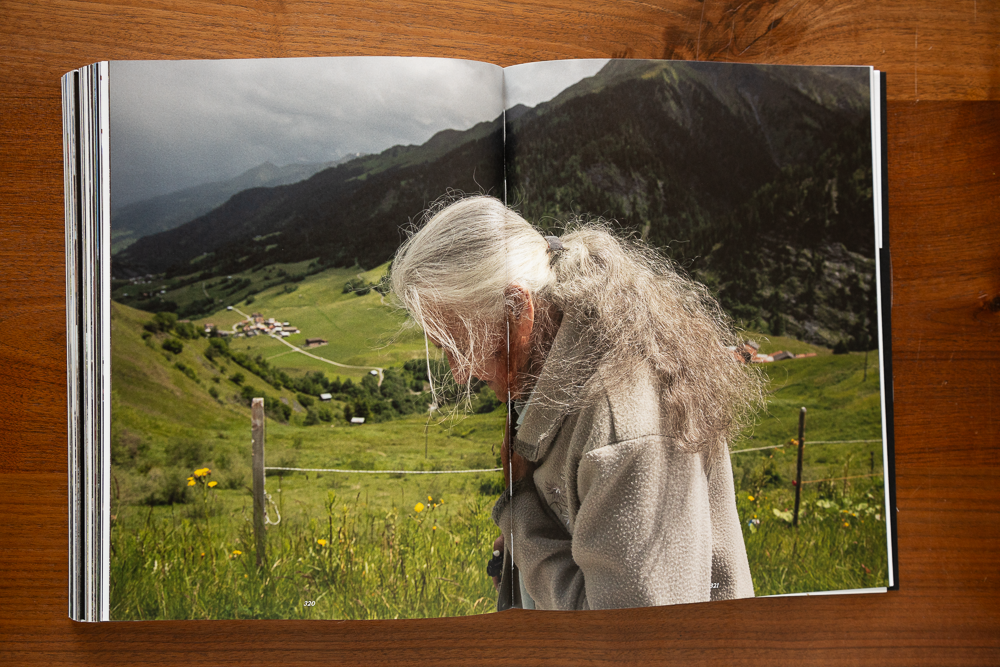
©Verner Soler, Spread from Vrin – Home Through An Emigrant’s Lens
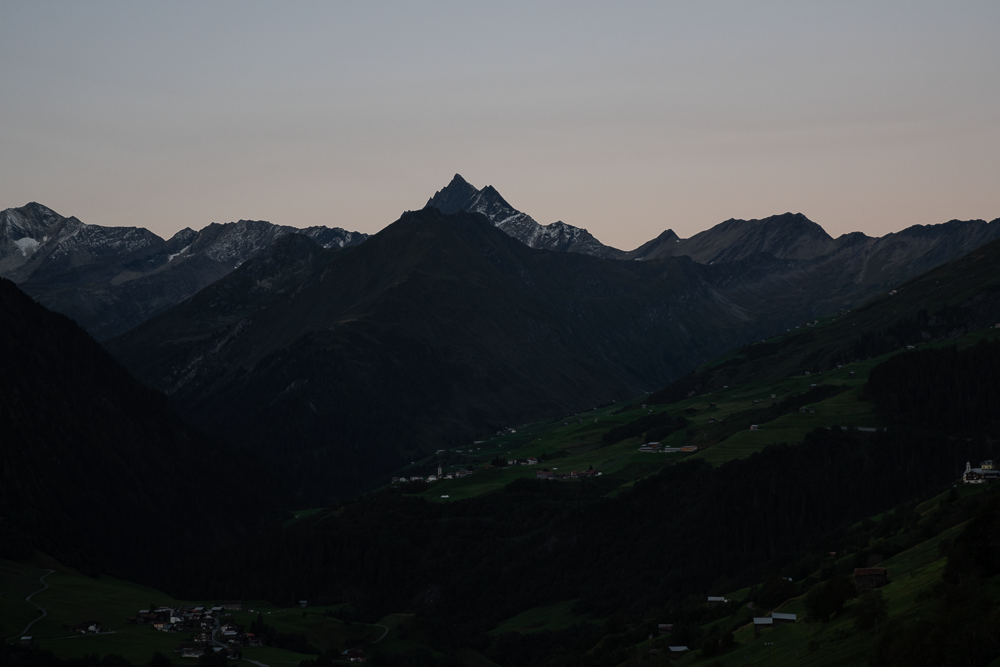
©Verner Soler, Spread from Vrin – Home Through An Emigrant’s Lens
Tell us about your growing up and what brought you to photography…
I was studying to be an elementary school teacher in the city of Chur, Switzerland, when my best friend bought a film camera with a few lenses. He started shooting Kodachrome slides, which he would then project against the wall in his tiny studio apartment. I immediately felt the need to do the same thing but had no money to spend on a camera. However, I knew an older gentleman in the village who had a camera with various lenses that he didn’t use. I asked him if he’d let me borrow the camera. He said yes, and that’s how I started photographing.
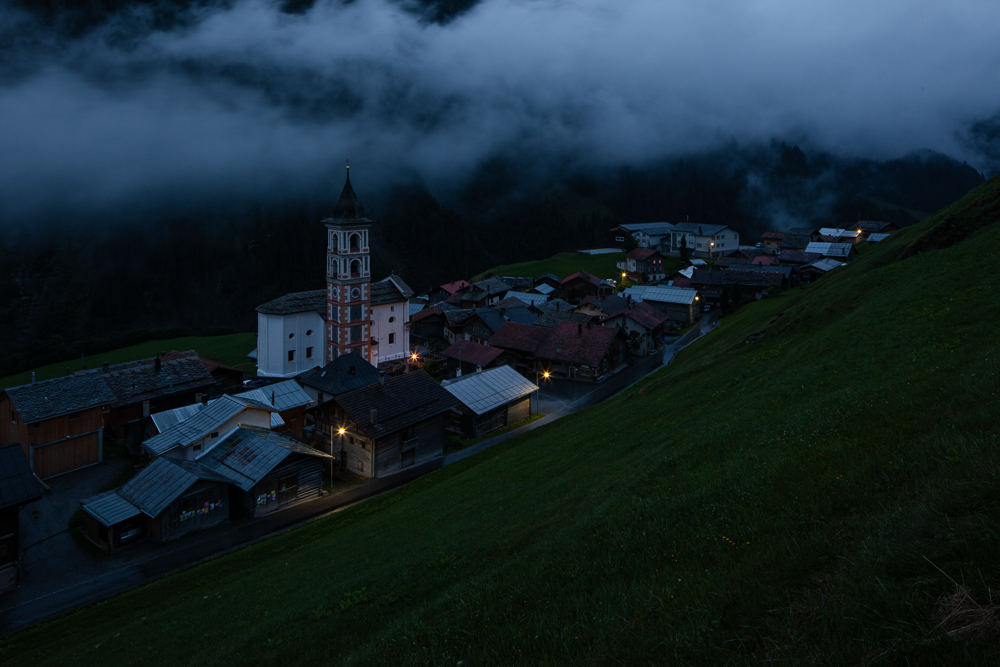
©Verner Soler, Spread from Vrin – Home Through An Emigrant’s Lens
Congratulations on the book, can you share how it came to be?
It’s been a long journey. I had a solo show in 2014 in the city of Winterthur in Switzerland that featured two of my long-term projects, including “Visits to My Village.” I made about 20 “photocopies” with images that didn’t fit on the walls and wrote some simple captions for each of them. As the show went on, more and more people asked if there was a book they could buy from this body of work. That was the moment I decided it was time to do a book. It took me ten years to get here. The first step was a lucky strike. The person who put on the show with me was the brother of Mr. Spiess in Scheidegger and Spiess, the famous book publishing house in Zurich. He introduced me and the project idea to Thomas Kramer, the Chief Editor and Managing Director, who expressed his interest in doing the book if I could raise the necessary funds. A friend who had helped out with the exhibit and I worked on it for a year, but in the end, we failed to secure enough money before the year-end when the clock starts over for non-profits who support this kind of projects. However, the failure turned out to be a blessing in disguise. Not long after, I met Anita Capaul who ran the Chasa Editura Rumantscha, the publishing house dedicated to publishing Romansh books. Romansh, for those who have never heard of it, is the fourth language in Switzerland, and it is my mother tongue. Anita grew up in Lumbrein, the next village out the valley from my village, Vrin, at the end of the Val Lumnezia. We didn’t know each other because she’s quite a few years younger than me. She fell in love with the idea of the book and said we will do this together, but it might take some time. The Chasa Editura’s mandate was primarily to promote literature, and a photography book seemed slightly outside their wheelhouse. In 2019, I applied for a grant from the state of Grisons and got it. This meant we had a big chunk of money in the bag, and with Anita’s expertise and network, the money problem was solved and we got the green light to do the book. She assembled an amazing team with the designer Dominik Kurman, the pre-press specialist Martin Flepp, and an editor for each of the three languages for the texts: English; Lisa Schons, German; Claudio Spescha, and Romansh; Anita Capaul and Clau Solèr. Scheidegger and Spiess took on a consulting role and the distribution of the book outside of Switzerland. The collaboration was fantastic. We all worked under the principle of: We’ll do the best book we can, and only then will we send it to print. It doesn’t matter if it takes longer than initially anticipated. I was never in a rush.
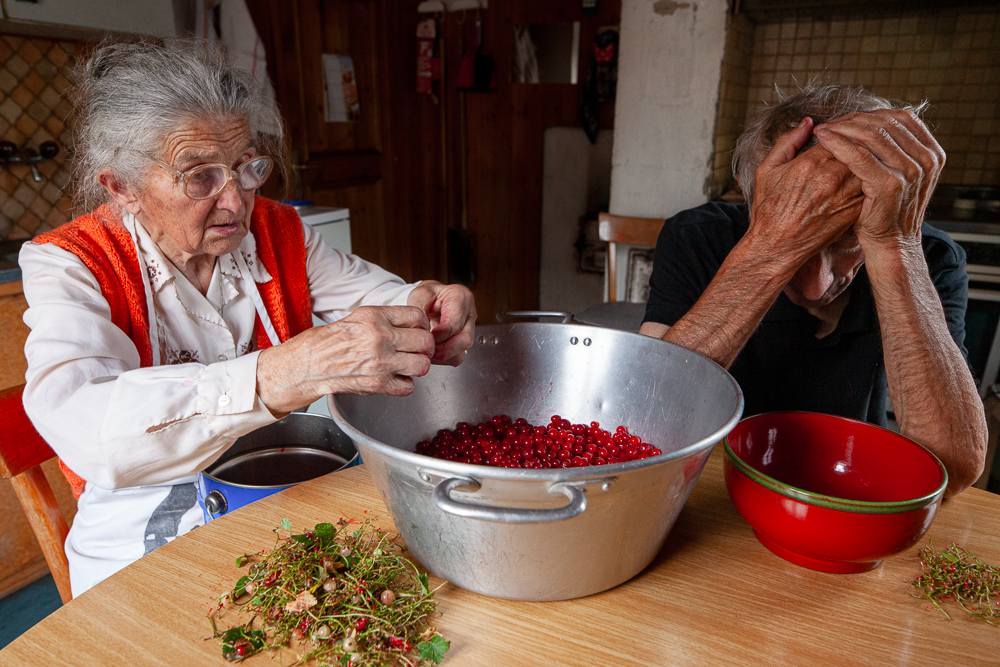
©Verner Soler, | 2009 Cleaning Currants II Johannisbeeren putzen II Schubergiar iuas sogn Gion II from Vrin – Home Through An Emigrant’s Lens
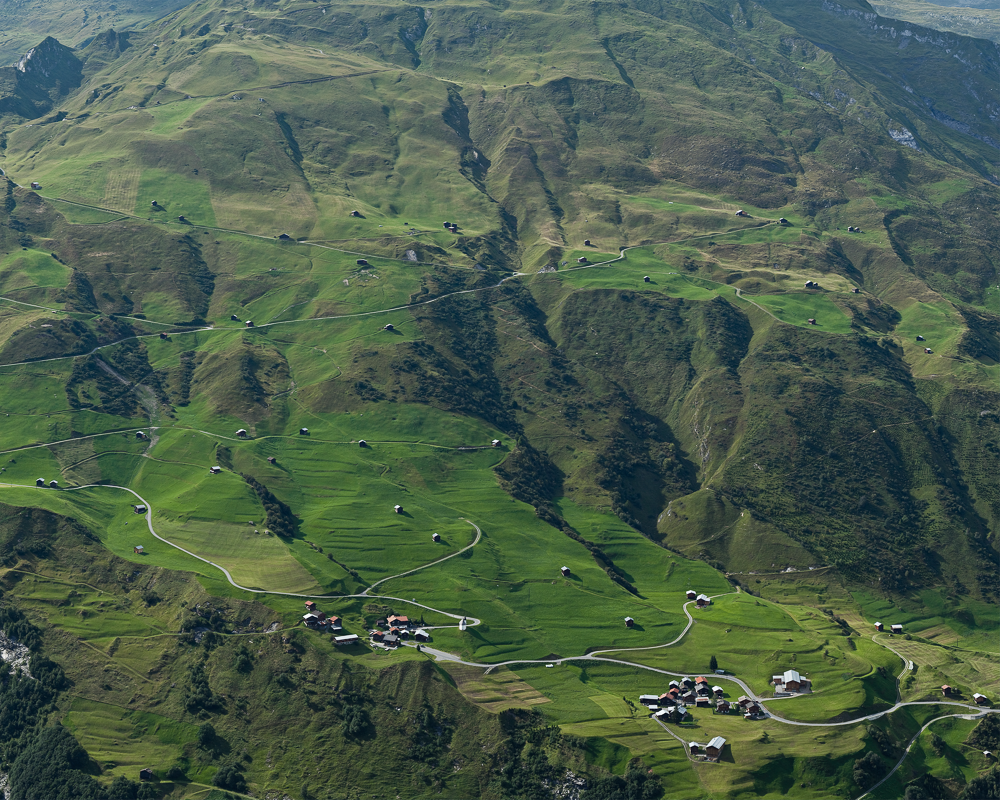
©Verner Soler, 2009 Barns Heuställe Clavaus from Vrin from Home Through An Emigrant’s Lens
You’ve mentioned your excitement that the book features three languages. Can you explain that for us?
Yes, I sometimes joke that I was born 200 years ago, in 1968, because our village is at the end of a dead-end valley. Since there is no transit over the mountain pass, the exchange of ideas and progress that happened in so many other Swiss valleys just wasn’t there. To this day, the village is a kind of time capsule. Our family only got a TV in 1980. Before that, we sat together in the evening, and my sisters and I heard all the stories of my parents’ childhood and really all the stories they knew. Once the TV started to emit its cold light into the living room, our stories no longer seemed to be of any importance. As an adolescent, I viscerally felt what mom had been saying from time to time: “We live behind the moon.” I felt a sense of inferiority and backwardness as I learned about the outside world. It terrified me because I knew I’d probably have to go out there someday soon, and since my parents knew very little about that world, I felt alone and scared. Fast forward a few decades, and I’m now living in Los Angeles and traveling back year after year to keep in touch with my family and the village. That’s when I had a big epiphany: Our stories are just as important as any that Hollywood might transmit into our living room. This is why I felt compelled to do the book in English and German in addition to Romansh. I want our stories to reach the wider German audience and especially the English audience in the US and everywhere else. The three languages are not straight translations of the text. For the English audience, who might not understand the content in the pictures, I explain more. For the Romansh audience, who are intimately familiar with the pictures, I talk about my feelings as an emigrant and the memories I cherish from my life in the village. The German text borrows from both, as the audience is not quite as familiar with the content but is culturally much closer to it than an international English audience.
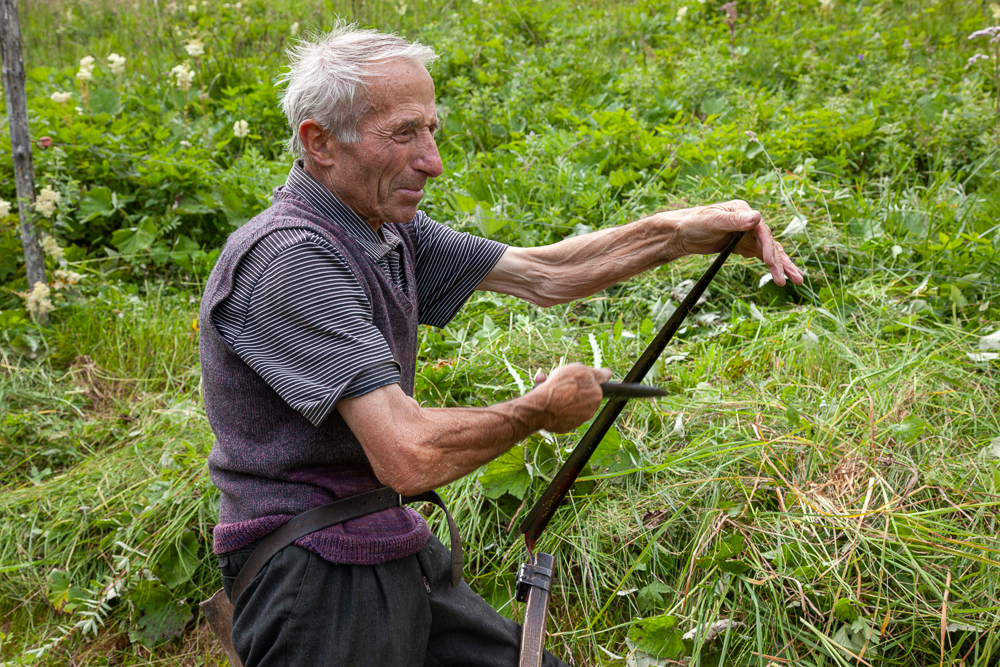
©Verner Soler. 2011 Sharpening the Scythe Die Sense wetzen Trer si la faultsch from Home Through An Emigrant’s Lens
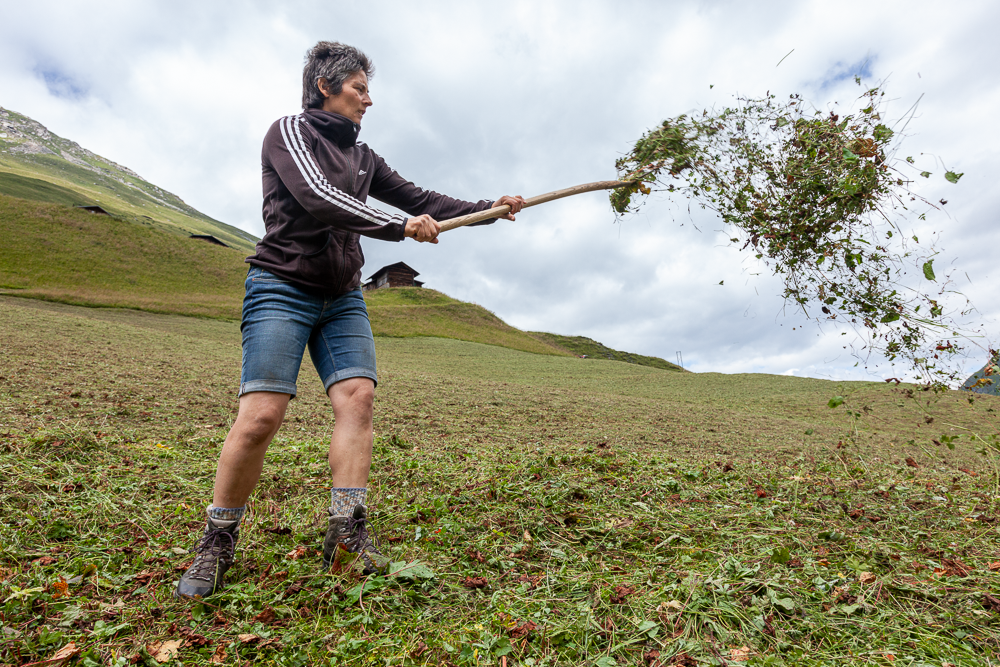
©Verner Soler, 2014 Tedding Hay Zetten Enzerdar from Home Through An Emigrant’s Lens
What has been the most profound part of the decades-long documentation of your family?
The fact that I have managed to keep a close relationship with my family despite living halfway across the world. The book is a love letter to my parents, my sisters, my village, the people, my culture, and my language.
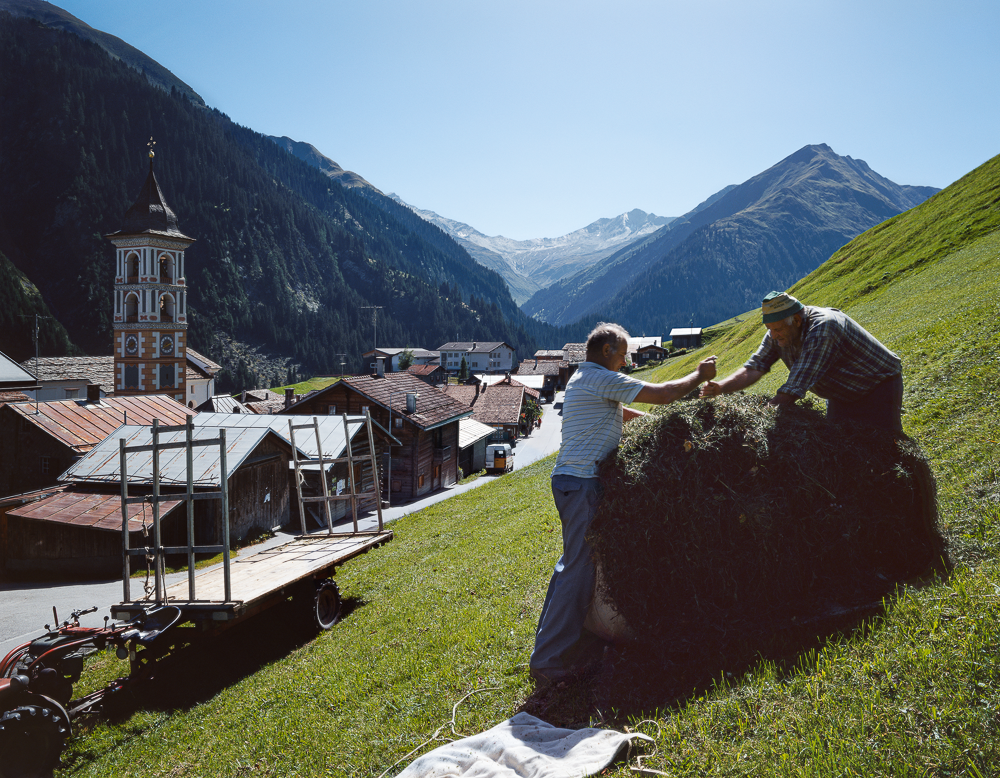
©VernerSoler, The Last Hay Bundles Die letzten Heubündel Ils davos ponns from Home Through An Emigrant’s Lens
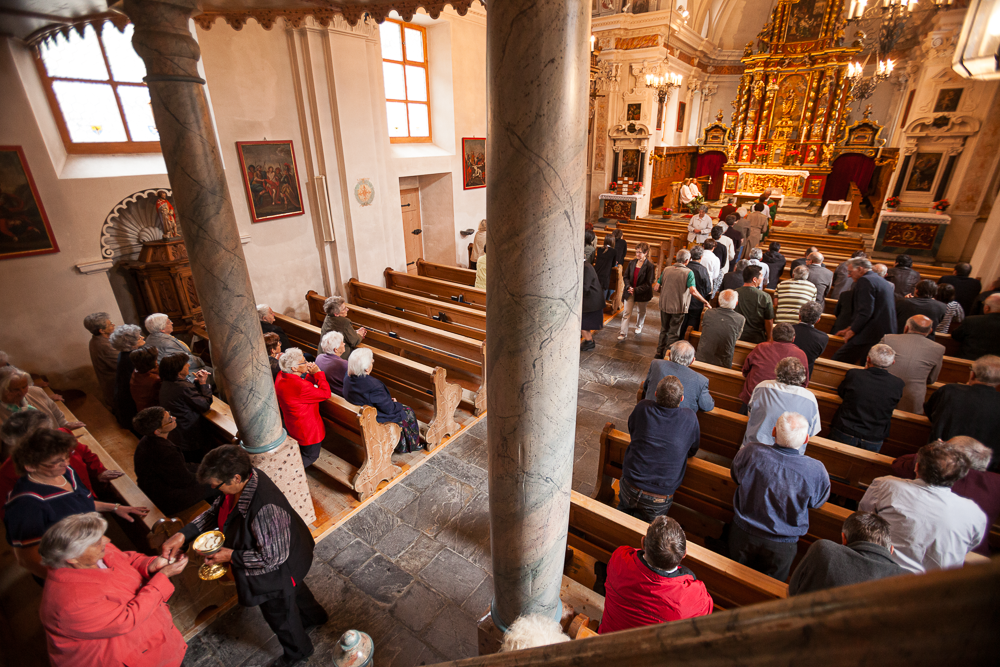
©Verner Soler, 2009 Communion I Kommunion I Communiun I from Home Through An Emigrant’s Lens
What has surprised you in creating this book?
Its reception. I recently returned to Switzerland to launch the book. We held the event in the village, and more than 300 people came to see it. It was an amazing homecoming experience for me. I had ‘taken’ (pictures) all these years, and now I was able to give back. Two great musician friends of mine (Duo Synthesis) collaborated in the presentation. Their music fits my work so well, and the crowd laughed and cried during the presentation.
The other surprise has been the interest of the press in Switzerland. The local Romansh newspaper and TV station did multiple features. The Südostschweiz (southeast Switzerland) press ran a full newspaper spread, and their TV station did a 20-minute interview in a talk-show format. Multiple online media outlets ran stories. The NZZ, Switzerland’s most prestigious newspaper, gave the book 5 stars. The most unexpected coverage was from ’10 vor 10,’ a national prime-time in-depth TV news show that starts 10 minutes before 10 pm, when everyone in Switzerland has one last look at the TV to get the latest news before going to bed.
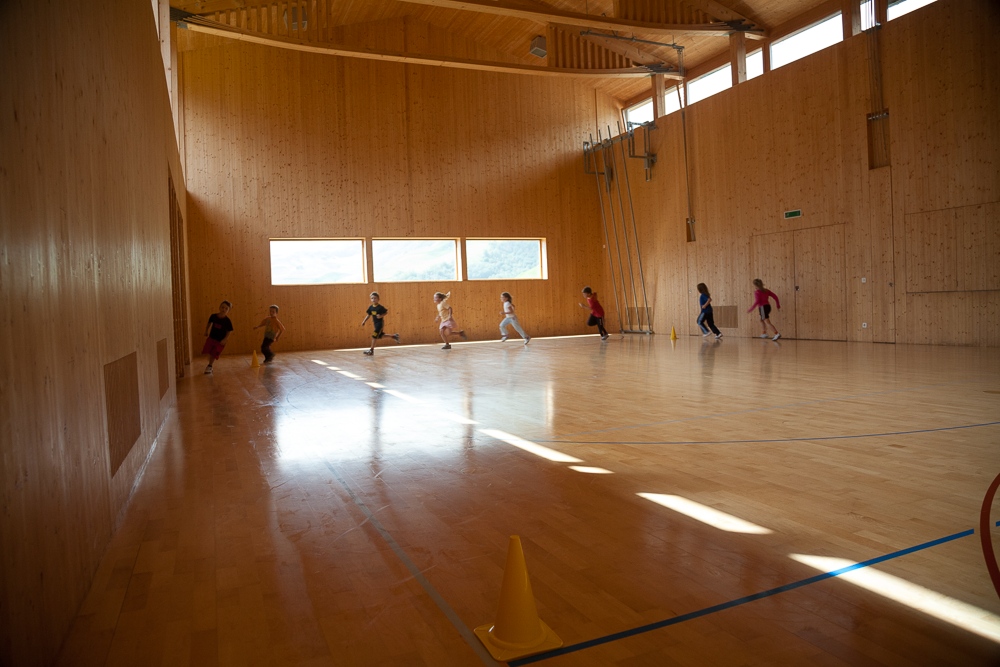
©Verner Soler,2006 PE Turnen Gimnastica from Home Through An Emigrant’s Lens
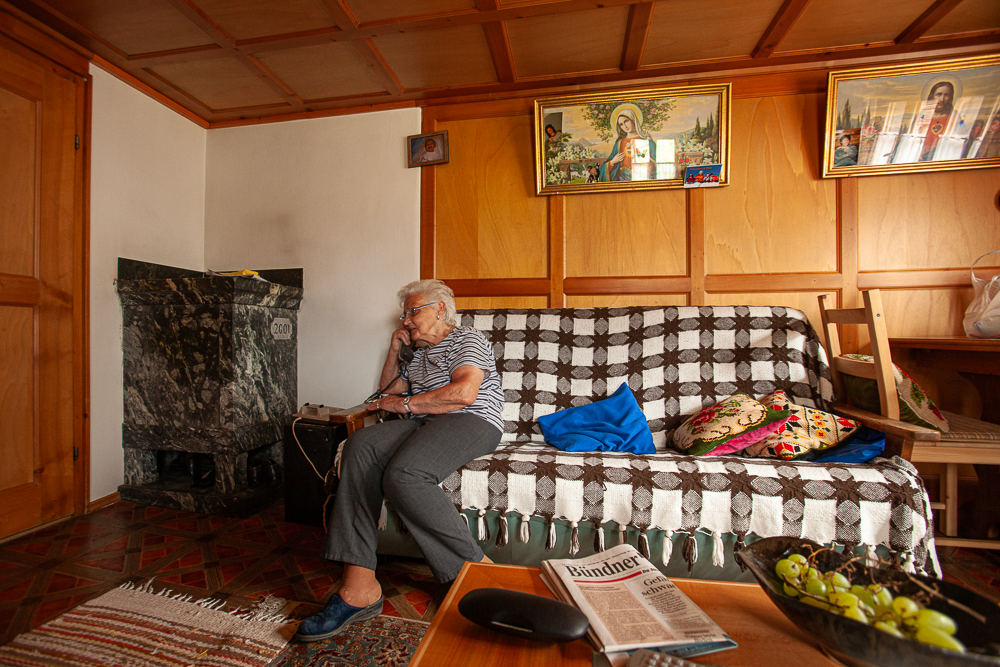
©Verner Soler, 2009 Mariuschla Mariuschla Mariuschla from Home Through An Emigrant’s Lens
How has the family reacted to being documented over time?
With incredible patience. There were moments when it seemed like I was photographing too much for them, and when they said so, I slowed down. To better explain to them why I was photographing, I started making small one-off Blurb books once that became an option, and they appreciated them. When they saw the first iteration of this book with the texts roughed in, they could finally see my aim for all these years, and I could see in their eyes that it moved them.
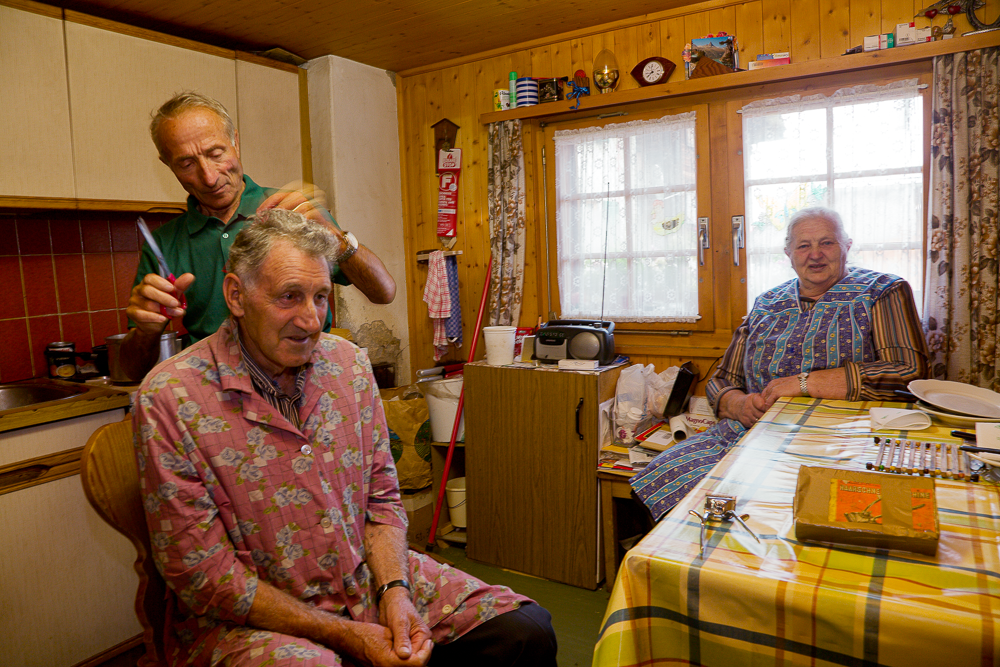
©Verner Soler, 2006 Cutting Hair Haare schneiden Tagliar cavels from Home Through An Emigrant’s Lens
I’m wondering if you are documenting your family in Los Angeles with the same rigor you have photographed your Swiss family?
You didn’t mention that in that fateful class you taught twenty-some years ago, so I haven’t. 
No, in all earnestness, I don’t think my wife and son would stand for it, and I don’t know if I could do it. Even in Switzerland, I struggle with ‘participating in life’ with everyone and ‘being the observer.’ I somehow find a balance there, but I don’t think I could find it here with my family.
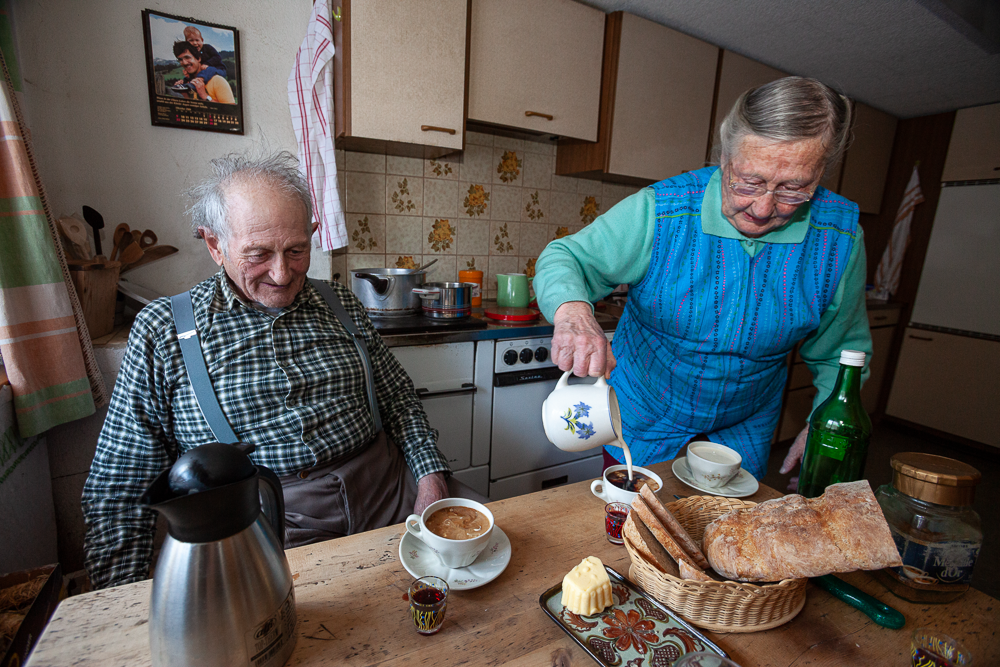
©Verner Soler, 2010 Light Meal Zvieri Marenda from Home Through An Emigrant’s Lens
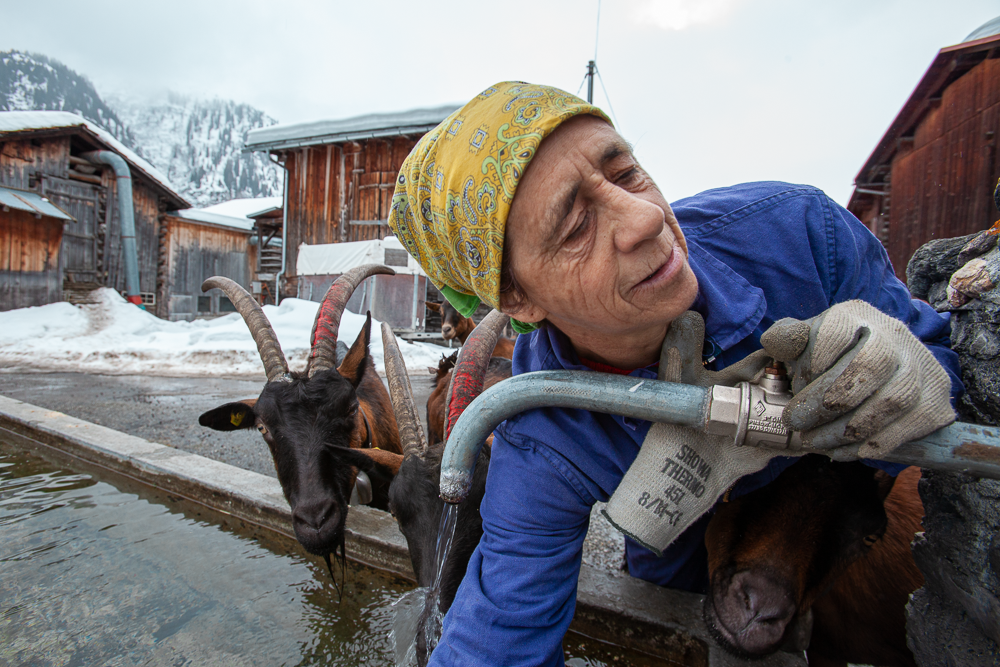
©Verner Soler, 2010 Watering An der Tränke Buentar from Home Through An Emigrant’s Lens
Anything coming up for you in terms of the book?
We’re gearing up for a few book signing parties around town. Saatchi & Saatchi, my employer, did one, which was amazing. They have been incredibly supportive of me and my project over the years. I’m hoping to participate in “Emna Rumantscha,” a week dedicated to the Romansh language, at the Swiss consulate in San Francisco at the beginning of next year. Apparently, the book is the first one written (partly) in Romansh to be sold in the US.
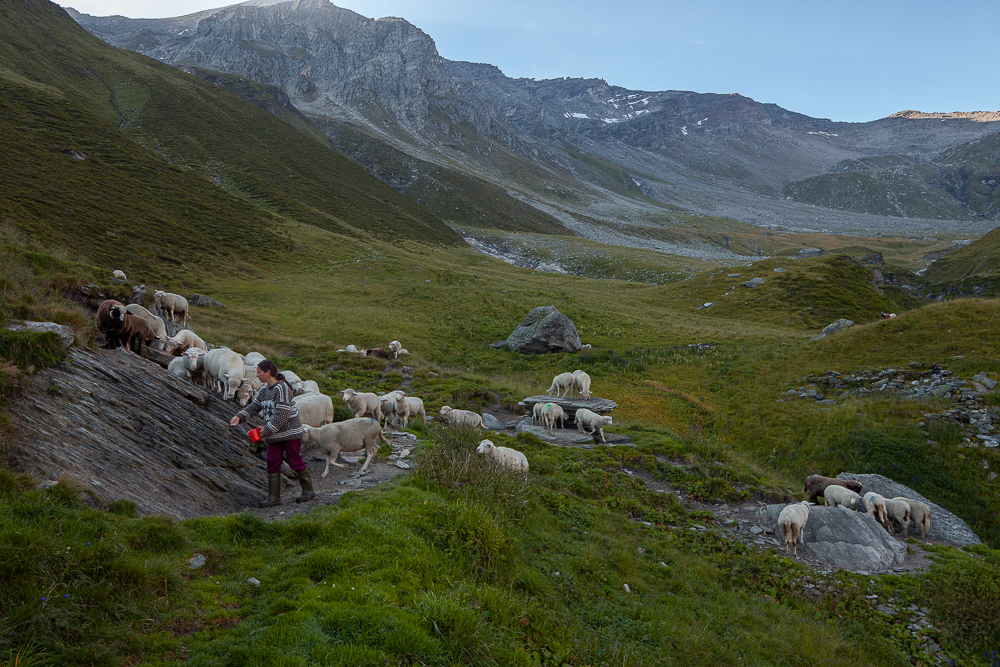
©Verner Soler, 2011 Sprinkling Salt Salz streuen Dar sal from Home Through An Emigrant’s Lens
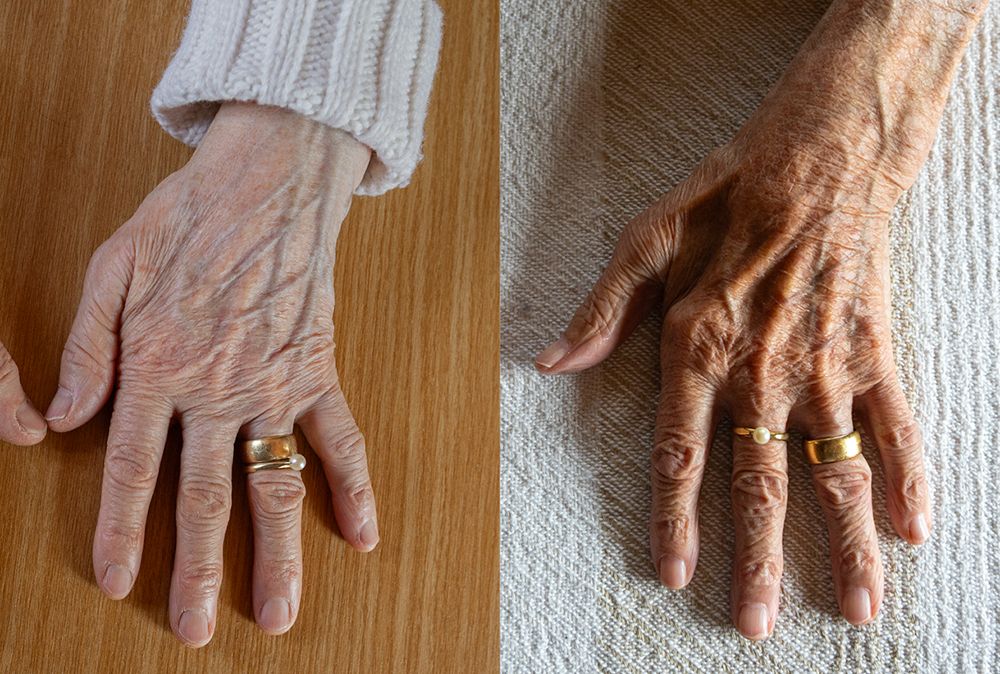
©Verner Soler, 2010 | 2020 Mom’s Hands I / Mom’s Hands II Mutters Hände I/ Mutters Hände II Ils mauns da mumma I / Ils mauns da mumma II, from Home Through An Emigrant’s Lens



























